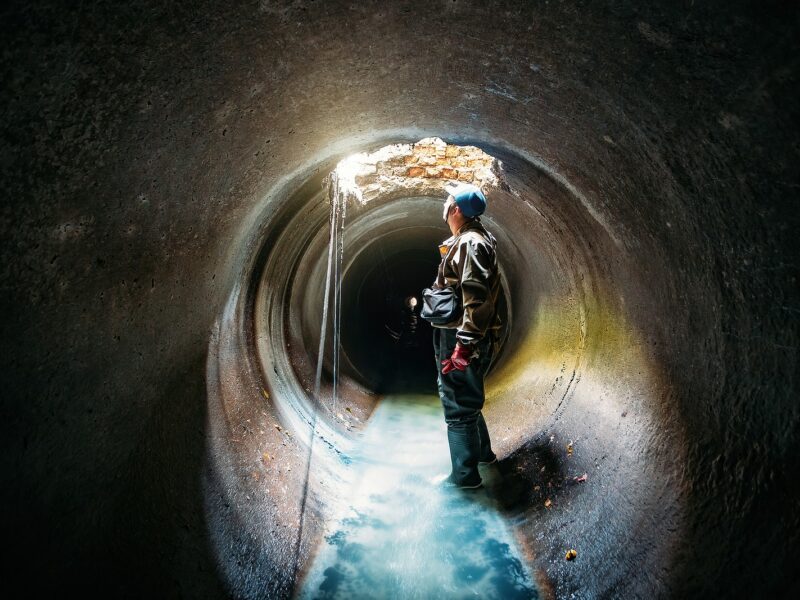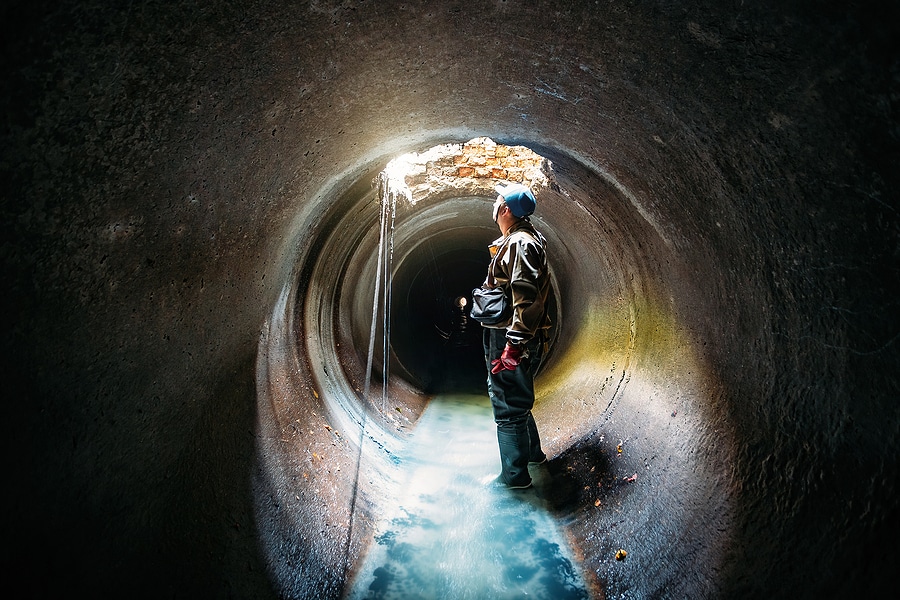Lead Pipes
Do You Have Lead Pipes in Your Home? Water mains in the UK are not…
Read more24 hr Emergency Callout

Blog

Getting their namesake from monstrous pieces of ice, fatbergs are massive chunks of congealed non-flushable waste which culminate into a problematically large blob.
If fatbergs get too large, they don’t just cause problems for cities with complex sewerage systems, but they can also cause sewage to back up into your home.
Fatbergs are rock-hard masses of fat, cooking grease, wet wipes, and other nasties not intended for the sewer system that have congealed together over time.
They are created from cooking fat being poured down the drain. During the fat’s cooling stages, it congeals in the sewer pipes which causes more items to become stuck to it.
As more people flush personal hygiene products, cooking fat, and other non-flushable items down their drains, everything can become enmeshed within the fatberg-in-making, rendering it even larger.
Due to their size and how solid they can become, fatbergs often require specialist equipment to remove them effectively from drains and sewers.
If this happens domestically due to the misuse of drains, it can be an extremely expensive job to complete, and it will only cause more problems if left untouched.
A 64-metre-long fatberg was found and removed from a sewer in Devon in 2019.
This fatberg was found to be larger than the leaning tower of Pisa, and it took almost eight weeks of constant work to fully clear the blockage.
One of the largest-ever fatbergs was discovered in London in 2017. This blockage was over 250 metres long and weighed a massive 130 tonnes, around the same weight as 11 double-decker buses and the same length as two Wembley football pitches.
Although cooking fat and vegetable oil are the biggest culprits in the creation of fatbergs, there are other items which can contribute to their generation.
Greasy or oily liquids of any kind can cause a build-up in your sewers, and that’s in addition to items like salad dressing, ice cream, butter and petroleum jelly which can also build up into fatbergs.
Fatbergs also get a lot of their structure from whatever finds itself stuck to it. From wet wipes and cotton buds to tooth floss and sanitary products, all kinds of things that shouldn’t be in your drainage system will contribute to the creation of a fatberg.
This includes items listed as “flushable” as many of these don’t break down quickly enough to not get absorbed into the growing mass.
Some of the largest fatbergs can take upwards of a few months to fully clear.
Private drainage experts or public sewer management crews break up the offending masses into smaller chunks with high-powered pressure washers. Much of what remains has to be cleared by hand before it can be vacuumed into specialised removal trucks for disposal.
Fatbergs are also expensive to remove. According to the BBC, there are around 300,000 reported sewer blockages each year which costs the country over £100m to remove.
The consequences of having a fatberg build up on your property or in your town’s sewerage system can be severe. So, in order to prevent a hefty bill for the removal of a fatberg from your drainage system, here are a few things you can do to prevent their creation.
If a fatberg develops on your property, you could be at risk of having overflowing or foul-smelling drains. If left for too long, it can cause further damage to your drainage system which can be more expensive to repair.
If you think a fatberg could be building up in your drainage system, we highly recommend getting in touch with the drainage professionals at Coastal Drains for a free no-obligation quote.
Email or call the team today